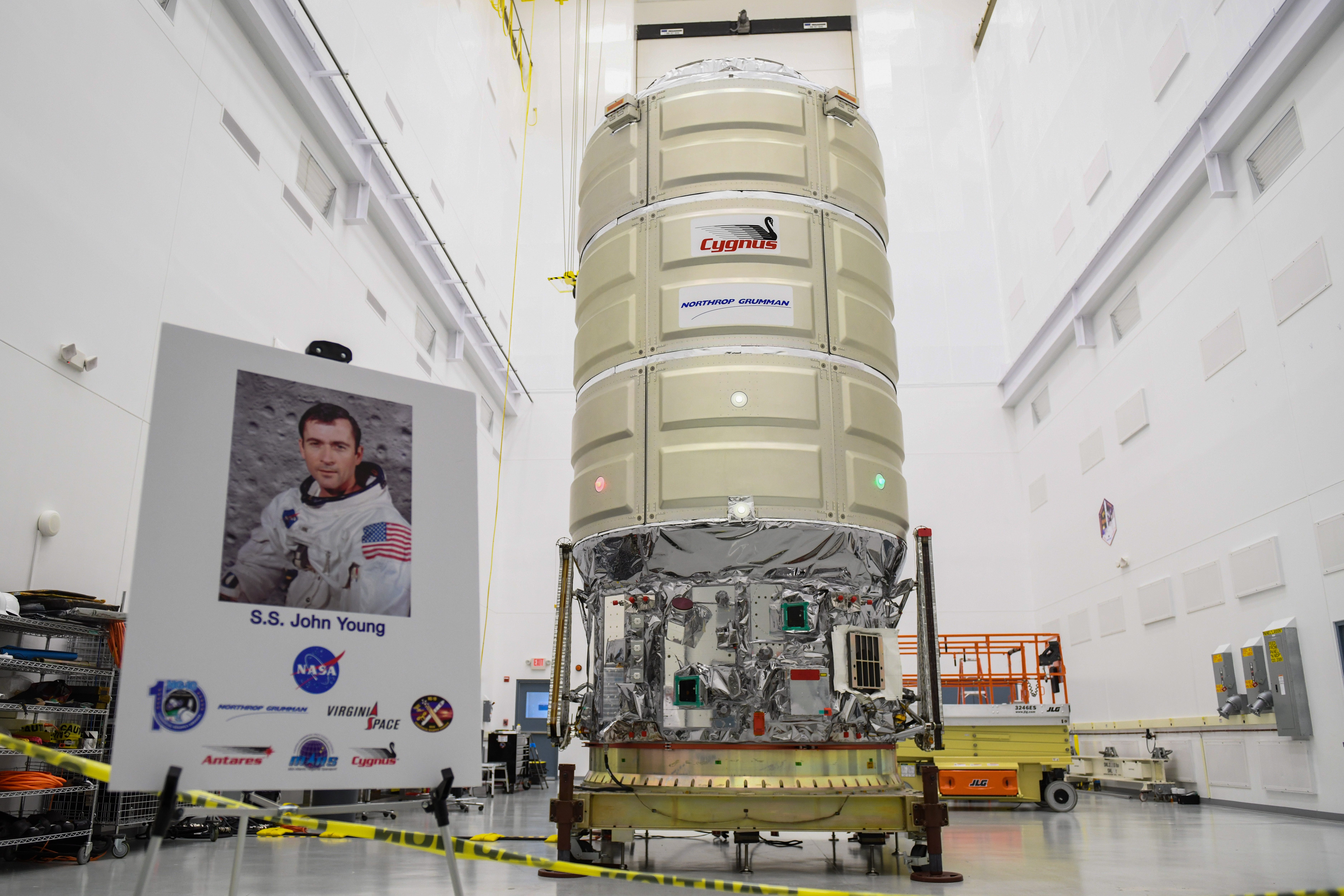

It’s the only licensed spaceport in the country that proposes flying rockets over people and their homes, on two nearby barrier islands, Cumberland Island and Little Cumberland Island. On its face, Spaceport Camden seems like an odd place to try to launch rockets. You get a lot of people where this is not their domain and they make poor investment decisions.” “It’s no different from the boom that you had with the internet in the ‘90s or the crypto investors a few years ago. “This happens in any technology market - it’s inevitable,” Autry said. What has emerged is an environment where the ambitions of local officials, the motives of outside consultants and gaps in the government’s own regulations can fuel the type of gold rush typical of any burgeoning industry, said Greg Autry, an expert on space policy. Other expensive and underused facilities such as New Mexico’s Spaceport America have some experts wondering if there’s a real need for so many launch sites. Some sites such as the Colorado Air and Space Port near Denver and the Midland International Air & Space Port in West Texas are still waiting to host their first licensed launch. These futuristic-sounding facilities - consisting of launch pads, runways and mission control centers typically built on thousands of acres of land - essentially function like airports but to loft satellites and other payloads into orbit.īut even as the commercial space industry has boomed in recent years, the business of spaceports has not. Those rockets need places to take off from, which is where commercial spaceports come in. Falling launch costs triggered by improved technologies have opened the door for many emerging private aerospace firms, and a new class of launch operators is vying to compete with companies like SpaceX and Blue Origin to put payloads into space. banks have released projections for considerable growth matched by warnings about risk.

Investment in space startups surged in recent years, and major U.S.

It’s easy to see the lure of a spaceport. And all too often, the incentives for building them can easily get twisted, leaving some to wonder about the true cost of America’s spaceports. The FAA has licensed 14 spaceports around the U.S., but more than half of them have yet to host a single licensed launch. Scenes like the one in Camden County are playing out in other corners of the country.Ĭommercial spaceports have been sold to various communities as an investment in the future, but even when they are built, they are often not the economic engines they were promised to be. “We’re paying taxes year after year after year for the spaceport, but nothing has materialized,” said Camden resident Steve Weinkle, who has become one of the most vocal opponents of the project. Many residents have since soured on the idea of southeastern Georgia as the country’s next big space hub, and today, the project remains mired in more controversies than there are bends in the St.
Nasa wallops launch license#
Seven years later, with nearly $12 million of taxpayer money swallowed up by the initiative - a gargantuan sum for a county that last year operated on a roughly $57 million annual budget - Camden County finally has a license from the Federal Aviation Administration, but not a single part of the spaceport has been built. It was to be the kind of project that would catapult the area’s quiet and unassuming towns into a projected trillion-dollar industry and a chance for this southeastern corner of the state to join a new kind of space race. In 2015, officials in Camden County pitched a bold idea to their 54,000 residents: a commercial spaceport to be built along one of the most pristine stretches of the Georgia coast.


 0 kommentar(er)
0 kommentar(er)
